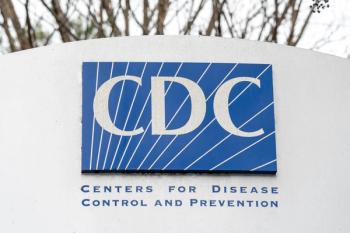
Racial inequalities in high-risk infant follow-up programs
In a recent study, significant racial and ethnic inequalities were found in high-risk infant follow-up programs.
High-risk infant follow-up programs (HRIFs) contain significant racial inequalities, according to a recent study.
The risk of developmental delays, chronic medical problems, and functional impairments is increased in infants born extremely preterm or with an extremely low birth weight (ELBW). HRIF programs are recommended for these children, as these issues are often not apparent early in life.
While consistent HRIF participation has been associated with improved outcomes for high-risk infants, only about 50% of eligible infants participate. Social factors such as socioeconomic status, maternal age, and neighborhood opportunity impact HRIF participation, which also contains racial and ethnic inequalities.
Inequalities in health care are often because of institutional, structural, and interpersonal racism. To examine how HRIF participation varies between races and ethnicities, along with how hospital-level factors contribute to inequalities, investigators conducted a multicenter cohort study.
Data was collected from Vermont Oxford Network (VON), a practice community working to improve newborn care. Demographic information and neurodevelopmental outcomes in infants aged 18 to 24 months were reported by participating centers.
Participating infants were 401 g to 1000 g or 22 to 27 weeks’ gestation at birth and participated in follow-up between 2007 and 2019. Infants who died before neonatal intensive care unit discharge or HRIF program visit were excluded.
Race and ethnicity data were gathered for participants. The primary outcome measured was HRIF participation when aged 18 to 24 months. Data was structured at an individual infant level and a hospital level.
The mean gestational age of infants was 26 weeks, and the mean birth weight 829.3 g. Of all infants, 48.6% were White, 32.5% Black, 13.7% Hispanic, 3.3% Asian American, 0.8% Native American, and 1.1% identified as other.
HRIF visits were more commonly seen from White infants, along with infants of a younger gestational age. The chances of being discharged with an apnea or cardiorespiratory monitor were more likely among infants participating in HRIF programs. HRIF participation was also more likely among infants in hospitals with more White ELBW admissions.
When compared to White infants, Black infants had a 0.72 adjusted odds ratio (aOR) of participating in HRIF, while Hispanic infants had an aOR of 0.83. As the covariance parameter for race and ethnicity was significant, investigators concluded the effects of race and ethnicity changed between hospitals.
Reference
Fraiman YS, Edwards EM, Hobar JD, Mercier CE, Soll RF, Litt JS. Racial inequity in high-risk infant follow-up among extremely low birth weight infants. Pediatrics. 2023;151(2). doi:10.1542/peds.2022-057865
Newsletter
Access practical, evidence-based guidance to support better care for our youngest patients. Join our email list for the latest clinical updates.










